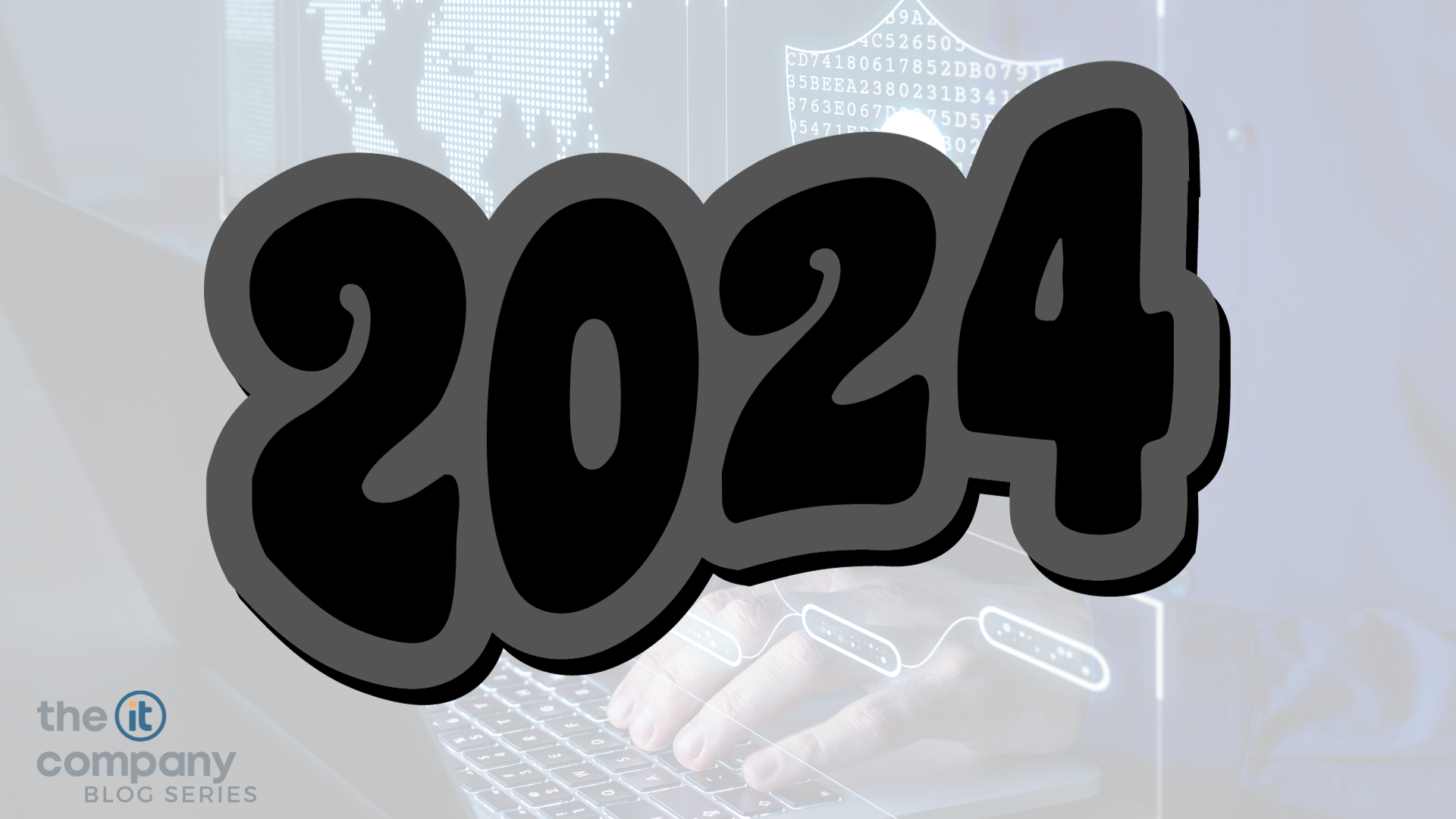It's Time to Plan for Cybersecurity for 2024
As we enter the last quarter of 2023, you are likely planning ahead for the new year. The year 2023 has brought with it a host of new challenges and opportunities in the realm of cybersecurity- which means planning for your organizations cybersecurity is a must. From the rise of AI-driven threats to the increasing importance of data privacy, staying ahead of the curve is crucial. Here are the trends of cyber attacks in 2023 so far.
- AI-Powered Cyberattacks
One of the most significant trends in cybersecurity for 2023 is the increased use of artificial intelligence (AI) by cybercriminals. AI is being leveraged to automate and enhance various attack vectors, making them more sophisticated and harder to detect. Machine learning algorithms are being used to craft highly targeted phishing emails, and AI-powered malware is evolving to adapt to the defenses put in place by organizations.
To combat AI-driven cyber threats, cybersecurity professionals are also turning to AI and machine learning. These technologies are being used to analyze vast datasets and identify patterns that would be impossible for humans to discern. This approach enables quicker threat detection and response, helping organizations stay one step ahead of cybercriminals.
- Zero Trust Security
The concept of Zero Trust Security has been gaining traction for several years, but it has become even more critical in 2023. This approach to cybersecurity assumes that threats may already exist within an organization's network, and therefore, trust should not be granted by default to any user or device, whether inside or outside the network.
Zero Trust Security involves strict access controls, continuous monitoring, and robust identity verification. With the increasing number of remote and mobile workers, organizations are adopting this approach to protect their sensitive data and assets.
- IoT Security
The Internet of Things (IoT) continues to expand, with more devices connecting to the internet every day. These devices, from smart thermostats to industrial machinery, present new attack surfaces for cybercriminals. In 2023, IoT security is a growing concern.
Cybersecurity professionals are working to develop standardized security protocols and best practices for IoT devices. Additionally, network segmentation and real-time monitoring are becoming essential to detect and mitigate potential IoT-related threats.
- Ransomware Attacks
Ransomware attacks remain a pervasive threat in 2023. Cybercriminals are becoming more sophisticated in their tactics, targeting critical infrastructure, healthcare organizations, and even municipal governments. The ransom demands are growing, and the consequences of not paying can be catastrophic.
To combat ransomware, organizations are investing in robust backup and disaster recovery solutions, implementing regular patch management, and educating employees about the dangers of phishing emails, which are often the initial entry point for ransomware attacks.
- Data Privacy and Compliance
With the introduction of stricter data protection regulations like the General Data Protection Regulation (GDPR) and the California Consumer Privacy Act (CCPA), data privacy and compliance have taken center stage. Organizations are under increased scrutiny regarding how they handle and protect customer data.
In 2023, organizations are investing heavily in data privacy measures, such as data encryption, consent management, and comprehensive data breach response plans. Compliance with these regulations is not only legally required but also crucial for maintaining customer trust.
The cybersecurity landscape in 2023 is more challenging than ever, with cybercriminals using advanced technologies and tactics to exploit vulnerabilities. To stay protected, organizations must adopt a proactive approach to cybersecurity by leveraging AI and machine learning, implementing Zero Trust Security, securing IoT devices, and defending against ransomware attacks. Additionally, strict adherence to data privacy regulations is essential for maintaining the trust of customers and partners. As the digital world continues to evolve, staying informed and prepared is key to safeguarding against cyber threats in 2023 and beyond.


